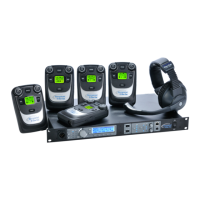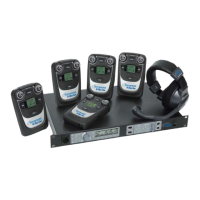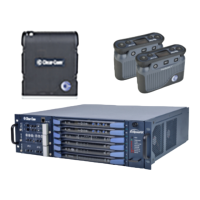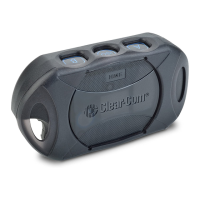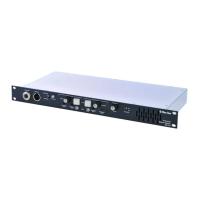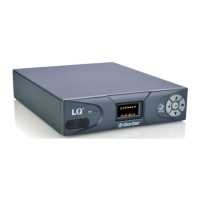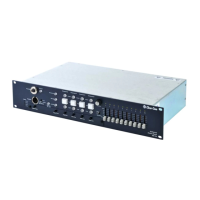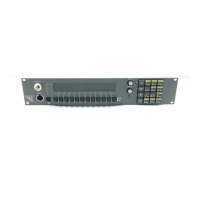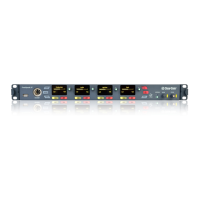42 www.clearcom.com
Mul-System Tempest Technology
Tempest is a digital, frequency hopping spread spectrum (FHSS) radio device. Using 80 MHz of spectrum in the 2.4GHz ISM
frequency band, Tempest changes frequency (hops) 200 mes per second, following one of 64 hopping paerns (Tempest
Network Numbers 0 – 63). The hopping paern determines the order in which frequencies will be ulized. Each hopping
paern has the same frequencies as all other hopping paerns; the only dierence is the order of use.
Also, Tempest ulizes proprietary 2xTX technology to send each digital packet twice, once each on consecuve hops, and
so on dierent frequencies.
When using more than one Tempest system within a given operaonal area, occasionally the systems will try to ulize the
same frequency. When two systems that are located physically close to each other try to use the same frequency at the
same me, harmful interference is likely to occur. One or both systems may lose a digital data packet due to inter-system
RF interference.
Because of the ordering of frequencies in each hopping paern and the fact that each packet is sent twice on consecuve
hops, aer any packet conict, both systems will hop to a dierent frequency and send a duplicate packet on a clear
frequency where the audio data may be delivered. As more Tempest systems are operated within a given area, more inter-
system RF interference will take place. If a system encounters RF data packet loss on two consecuve hops, one packet of
audio data will be lost.
Tempest ulizes an audio compression algorithm that employs advanced Lost Packet Concealment (LPC) technology. One
lost packet of audio data will be covered over by the LPC technology and the end user will not noce any interrupon in
audio. Two consecuve lost packets of audio data (four to ve consecuve lost RF data packets) may be noced by a user,
but will not be objeconable. More than two consecuve lost packets of audio will likely cause interrupon of audio that
will be noceable and will likely be objeconable to users. Even with 2xTX and LPC, when enough Tempest systems are
collocated, there will be a sucient inter-system RF interference causing lost packets to cause adverse audio performance.
Accu-Sync is a proprietary technology that synchronizes transmit/receive ming to avoid harmful desensing of receivers.
Desensing occurs when one transmier is broadcasng while a nearby receiver is trying to “listen” to a dierent source and
the broadcaster overwhelms the signal the “listener” is listening for. Desensing happens even when the transmier and
receiver in queson are not on, or even near, the same frequency. This eect is extraordinarily harmful to wireless systems
and must be avoided at all costs.
Accu-Sync sends a very precise ming signal to all BaseStaons that are connected to the Base-Sync circuit, to control when
those BaseStaons (and consequently their associated BeltStaons) transmit. This forces all of the BaseStaons to transmit
simultaneously ensuring that there are no closely located transmiers that are acve during the receive cycle of any other
BaseStaon, eecvely eliminang desensing. Eliminang desensing greatly improves system performance when there are
collocated systems. Whenever mulple systems are being used in a collocated situaon it is strongly suggested that Accu-
Sync be ulized.
Accu-Sync does not do anything to avoid packet collisions stemming from more than one Tempest system aempng to
use the same frequency at the same me. This would require frequency hopping paern synchronizaon, and the FCC does
not allow frequency hopping paern synchronizaon as it would allow a single system or group of systems to monopolize
the 2.4GHz ISM band.
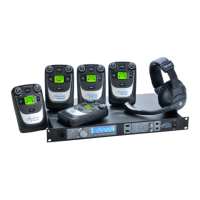
